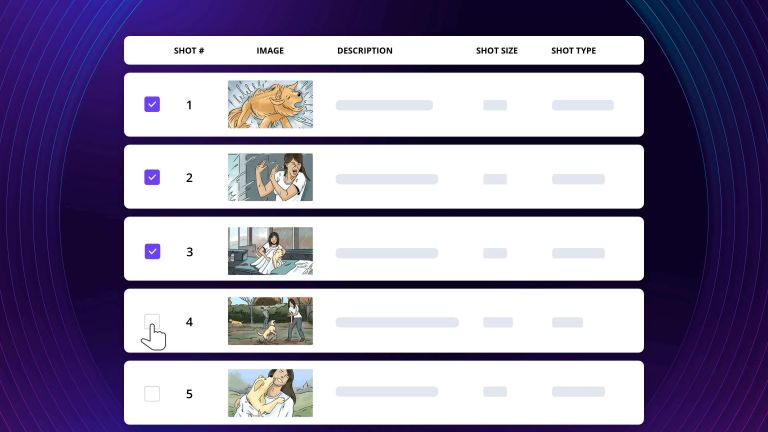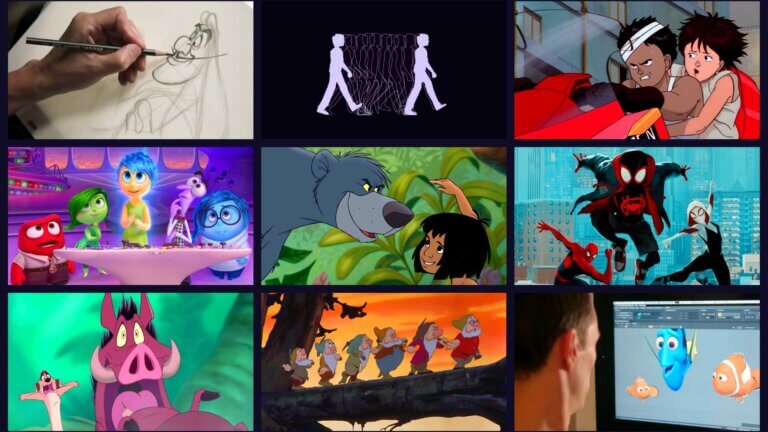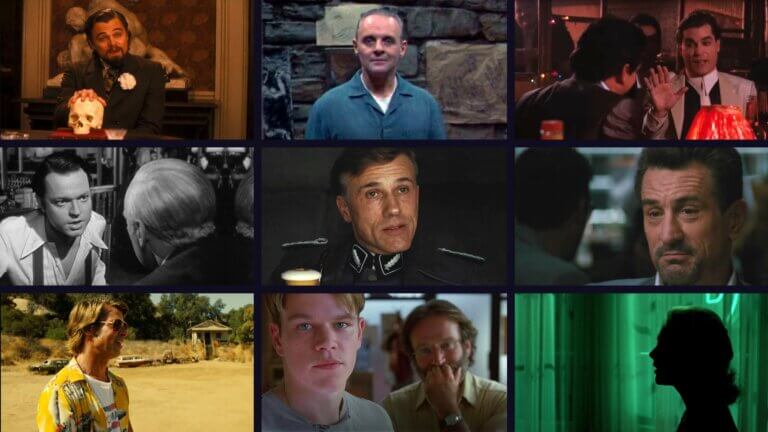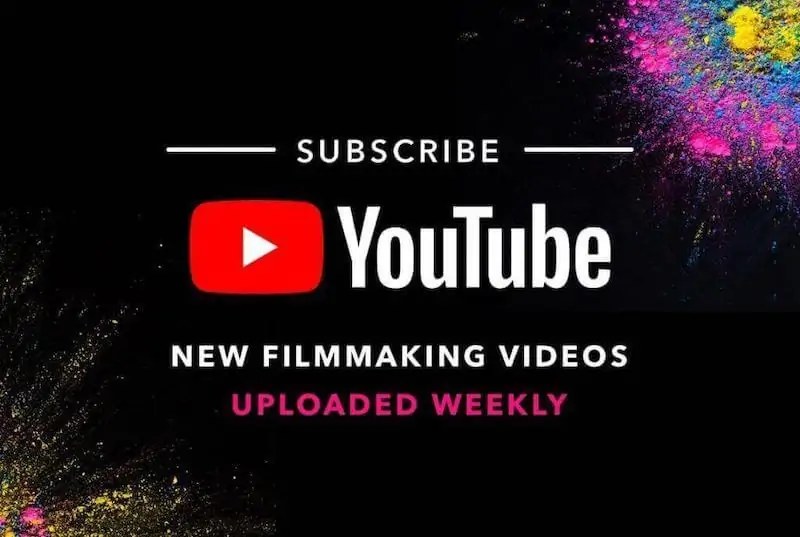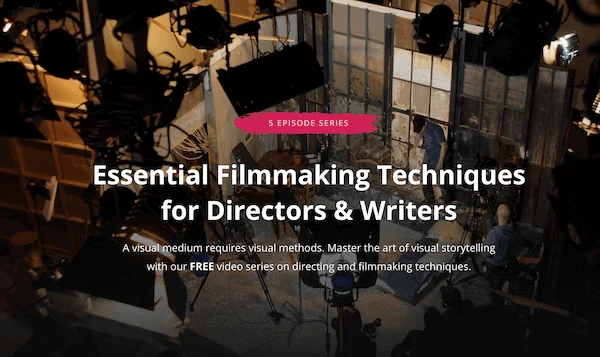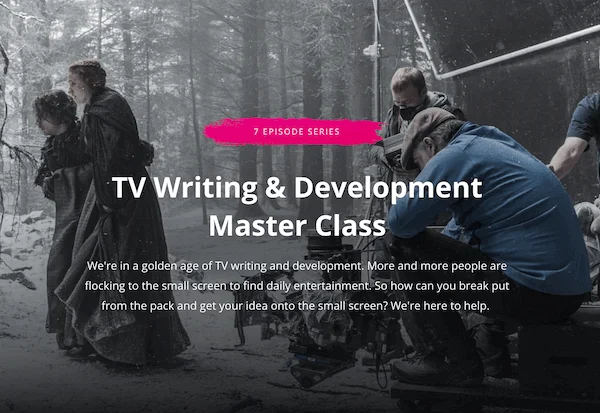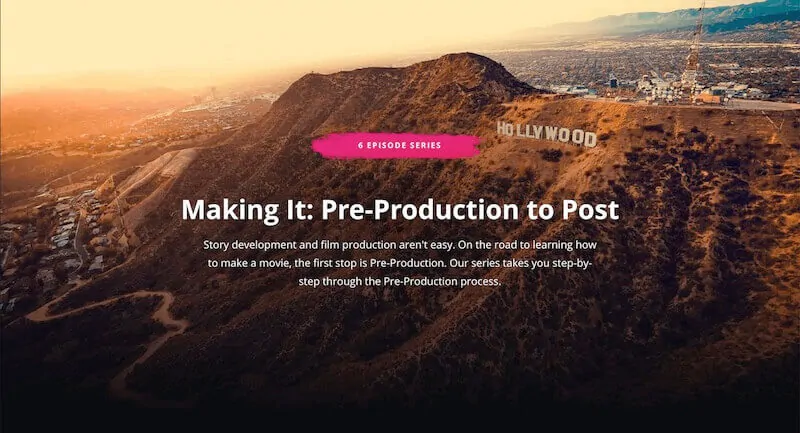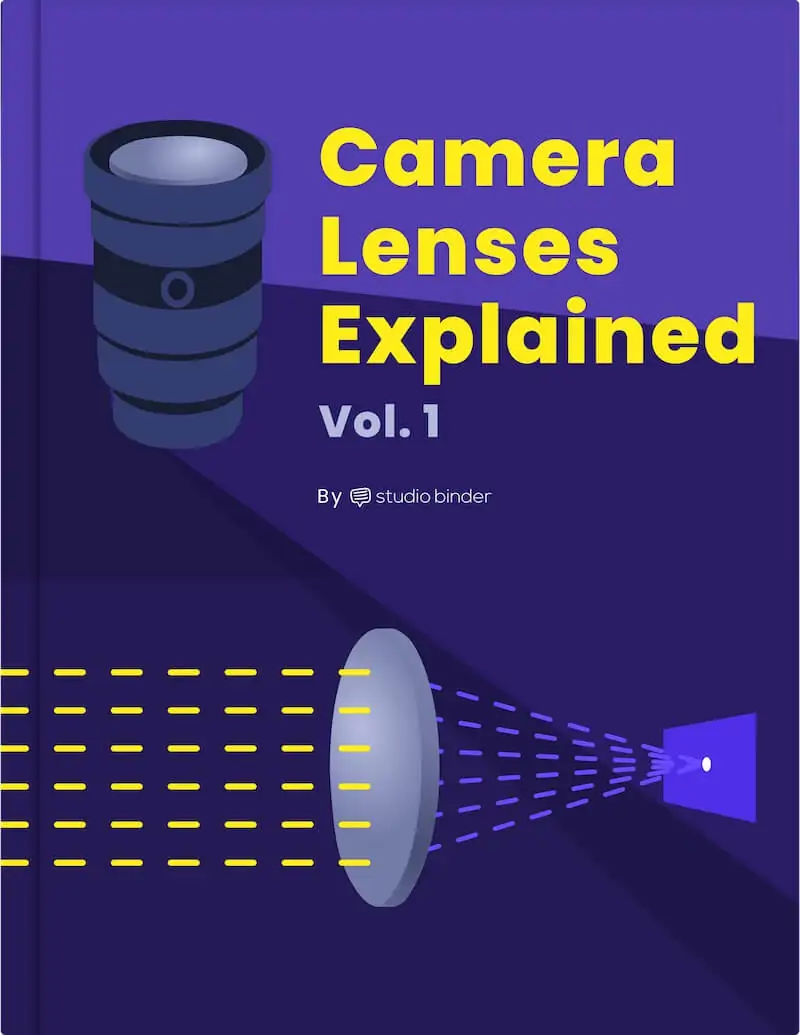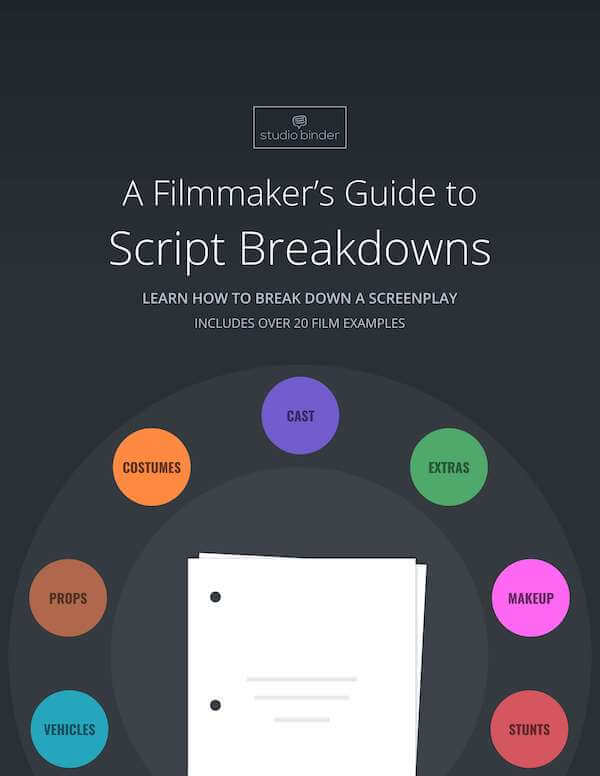Our world would look a lot different without the Bauhaus. From sleek modernist buildings to advertisements on subways, it’s hard to avoid seeing the influence of the Bauhaus art movement in everyday life. So how did a small art school in Germany have such an outsized effect on the appearance of our modern world? And what, exactly, was that effect? Continue reading What is Bauhaus — Art Movement, Style & History Explained
It’s safe to say Oppenheimer is no typical biopic. The film leaps backwards and forwards through time, creating a nonlinear structure that stands apart from its counterparts in the genre. It should be unsurprising, then, that the Oppenheimer screenplay challenges conventions. By examining Christopher Nolan’s script for the movie, we can begin to appreciate just how intricate and unique the massive three-hour story is.Continue reading Oppenheimer Script PDF Download — Screenplay Breakdown
Planning a shoot can be scary. There are countless moving parts and decisions you have to make– and the same goes for being on set. So any way you can make your life easier during the process can be vital. This is where shot lists come in. In this post, we’ll look at how to make a shot list and why it’s important to have. Continue reading How to Make a Shot List in 8 Steps — Process Explained
Animation takes patience, attention to detail, boundless creativity, and more patience. The beauty of the artform is that, if you are willing to put the work in, there is no image you can’t create, no world you can’t immerse your viewer into. And yet, despite its endless possibilities, most narrative animators follow a certain set of rules. These rules are known as the 12 principles of animation.Continue reading What are the 12 Principles of Animation — Ultimate Guide
Metaphors are an important part of any writer’s lexicon. At their best, metaphors can crystalize an image or meaning in just a few words. Sometimes, however, they’re not operating at their best. Some of the most maligned metaphors are called dead metaphors, and most writers avoid them. But what is a dead metaphor? And is there any time you may want to use one?Continue reading What is a Dead Metaphor — Examples & How to Avoid Them
Metaphors are a crucial part of any writer’s prose. The figurative language technique can illustrate an idea or image in just a few words. Metaphors come in all shapes and sizes. One of the subtlest of its forms is the implied metaphor– a linguistic flare that you can miss if you’re not looking. But just because it can be hard to spot doesn’t mean it’s not important. What is an implied metaphor?Continue reading What is an Implied Metaphor — Definition, Examples & Usages
Is there a worse feeling than losing an argument? It’s always frustrating to not be able to articulate your viewpoint or leave a conversation feeling like you didn’t get your ideas across effectively. The art of persuasion is an art as old as time: for as long as humans have been talking, they’ve been arguing. Ancient Greeks in particular were obsessed with the methodology behind persuasion, and started to label the myriad ways we express ourselves when trying to get a point across. The resulting list of communication tools is commonly referred to now as rhetorical devices. Rhetorical devices are important…
Distribution is an integral part of the film industry; without it, a film doesn’t get seen. Yet for many filmmakers starting out their careers, the distribution process is murky and intimidating. This is compounded by film distribution’s rapidly shifting status in the age of streaming. So what is film distribution? How does it work, what is its history, and what is its future?Continue reading What is Film Distribution — The Ultimate Guide for Filmmakers
Storyboards can be a crucial backbone in the filmmaking process. Understanding what you’ll be shooting on a given day, and making sure that your crew does as well, often makes the production process much smoother and more efficient. In this post, we’ll look at how to make a storyboard template so that you can hit the ground running for your next shoot. Continue reading How to Make a Storyboard Template — A Step-by-Step Guide
Narrative films are made up of scenes. It should come as no surprise that a screenwriter needs to know how to write a scene. Every great scene carries emotional weight, character change, and story propulsion. If you can’t write a good scene, you can’t write a good movie. So, what are some of the fundamental elements of a great scene? How can you incorporate them into your script? Time to break down how to write a scene, and look at some scene examples.Continue reading How to Write a Scene — Elements of a Great Scene Explained


